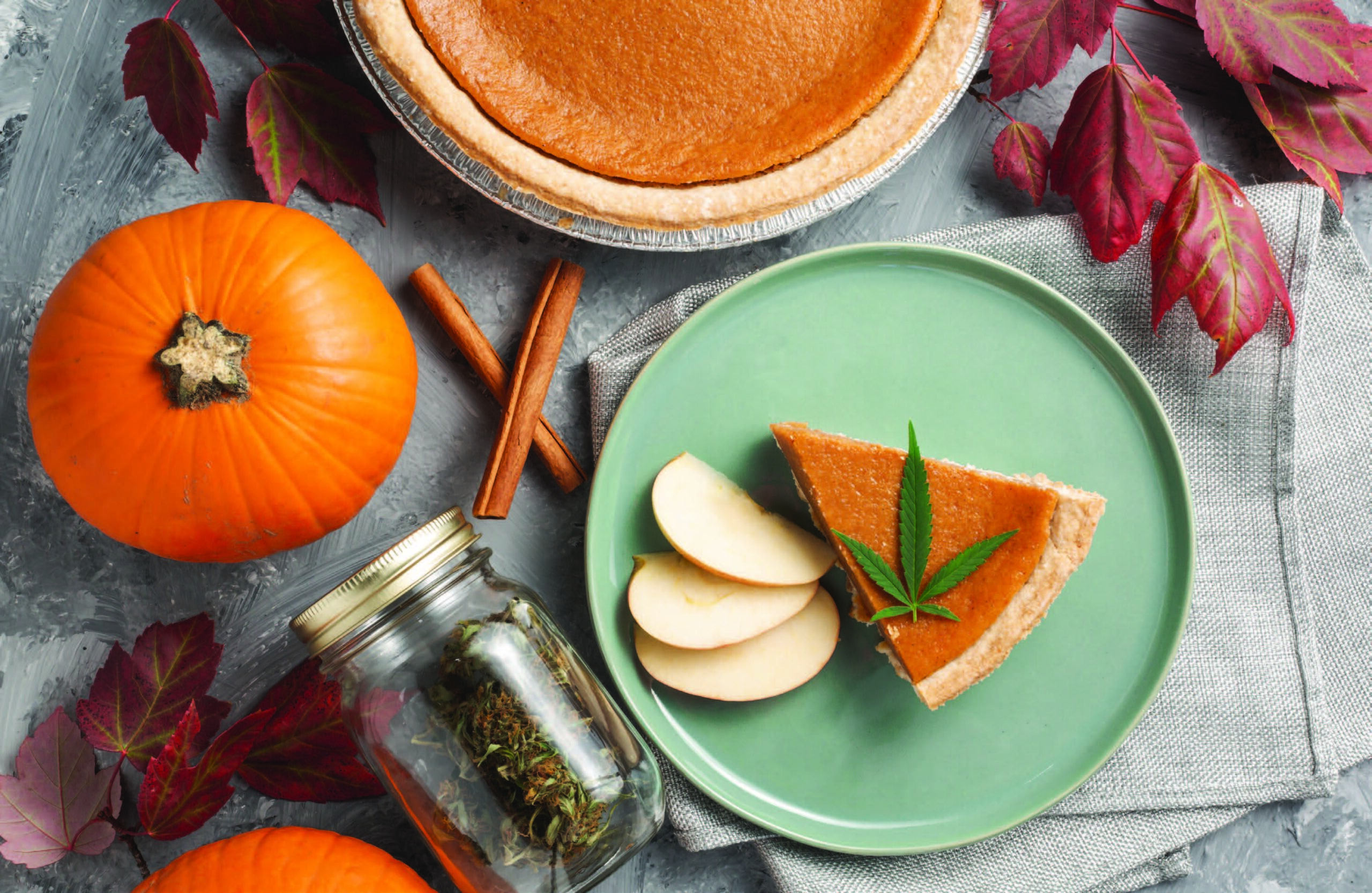I’ll probably never forget my first New Year in Durango. It involved a wonderfully extravagant home-cooked meal, some bottles of bubbly, a crew of people down to party late, and a very crazy roommate who nearly ruined everything. The roommate was an overly philosophical Durangbro – you know the type of dude who smokes a bowl and suddenly thinks he’s Aristotle? Well, he committed one of the greatest party sins: opening another person’s bottle of bubbly. He didn’t just open it without permission, he wrestled it away from the owner, and then opened it. I honestly still can’t believe it. It was horrifying. Opening another person’s bubbly is just … an unparalleled level of party foul.
Why do we take bubbly so seriously though? Why is it so special? Is it the super-satisfying POP!? Is it the constant effervescence? And what is the difference between all the different types of sparkling wine? Why is Champagne the be all, end all?
Made in a special region of France (Champagne, duh), using a very special technique (méthode champenoise: fully bottle-conditioned, naturally carbonated, unfiltered), from particular grapes (pinot noir, pinot meunier, and chardonnay), Champagne is a sparkling wine that sells for a huge premium over other types of sparkling wine. If another winery follows the technique, uses the right grapes, but makes it even a few miles from Champagne, it’s not Champagne, and thus it’s less expensive.
I generally don’t buy into the hype or prestige of a product just for the sake of the product (the phrase is “trappings of the petit-bourgeoise”), but I did try an actual Champagne for the purpose of this column (you’re welcome), and GH Mumm is a little funky, almost sulfuric, yellow-ish Champagne with all the bubbles you could ask for (it bubbled through an entire meal). There’s also a pretty gnarly bitter bite at the back of the tongue when you take a big, working-class swig, but it does have a nice dry finish with some great floral notes in the flavor. This would be a perfect bottle to go with a group of douchey friends talking about their recent trip to Vegas and quoting from their favorite episodes of “The Apprentice.”
Being free of the geographic boundaries, wineries producing sparkling wine outside Champagne are also free to use any technique they wish, which also decreases the cost of production. Prosecco is an Italian variety of sparkling wine that, like Champagne, refers to its own grape varietals (Glera grapes are the primary grape, but also include a handful of others), appellation (Prosecco, duh), and uses a different method: The Charmat method, or tank method. The tank method used to produce the characteristic bubbles, differs from méthode champenoise in that the wine is naturally carbonated and conditioned in a stainless steel vessel before bottling.
In doing research (god I love writing this column), I tasted La Marca Prosecco. LaMarca has this really awesome clarity with a subtle slate-like color that compliments the wet stone aroma. It’s not quite as effervescent as I normally like a bottle of bubbly, but had great melon and honeysuckle sweetness that balances its earthiness. This bottle would go perfectly with toasting the new year alone with your cat while you watch Ryan Seacrest’s fake tan and radioactive smile pretend that 2016 wasn’t a massive garbage fire.
Sparkling wines also come in various levels of sweetness, with the most popular being Brut, or British export dryness, which is one of the driest. It’s also available in a semisec, demisec, etc., and it means it’s off-dry, or ever-so-slightly sweet (you can also get dulce, which means sweet, and I’m assuming, gross). To further research the category of sparkling wines I tried, not only a semiseco, but a Cava. Mistinguett is a Cava, a Spanish variety of sparkling wine that comes with its own appellation (Catalonia) but uses the méthod champenoise, and most of the traditional Champagne grapes. In fact, it was called “Spanish Champagne” until the EU stepped in. Mistinguett is slightly off-clear to yellow, has a subtle flora aroma, with hints of wet leaves, but really smells like a fresh-cut pear. The sweetness is also very subtle, but balances out any of the tartness or tannic earthiness of a Brut. This is the perfect bottle to get white-girl drunk and yell things like, “I’m the Queen of 2017, BITCHES!!!”.
But really, if you want to feel like a baller and pop bottles all night, the best bang for your buck will always, always, always, be André. But if you want to venture out a little bit and drink something that is technically in a rap song (“… got the rolly on my arm and I’m pouring”), Chandon makes a line of American bubbly out of Napa that is quite affordable. Technically, Snoop Dogg was talking about Moet and Chandon, a $40-plus bottle of Champagne, this is the same French owner with the same level of quality and it says “Chandon” on the label, so everyone will know you know your bubbly.
Happy New Year, everybody, and pour one out for your absent homie?
Robert Alan Wendeborn is a former cellar operator at Ska Brewing and current lead cellar operator at Tin Roof Brewing in Baton Rouge, Louisiana.













